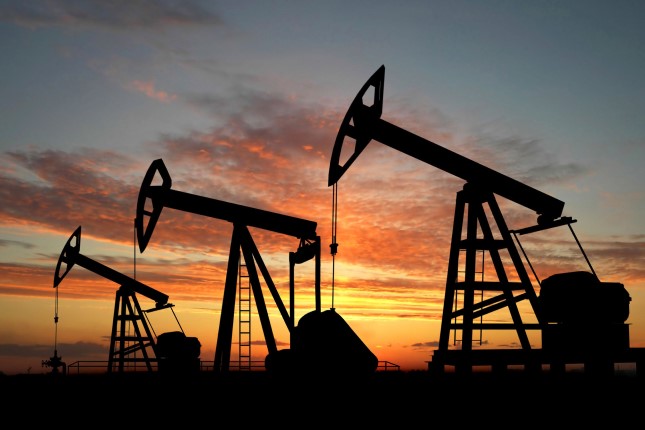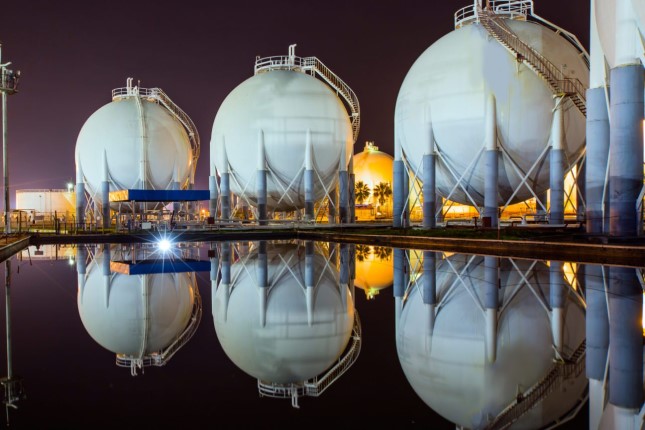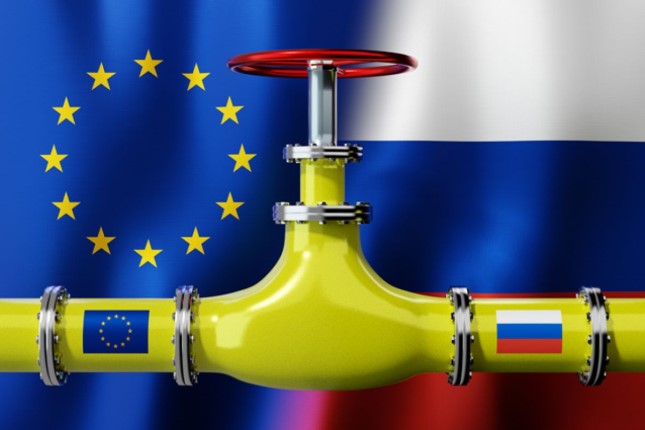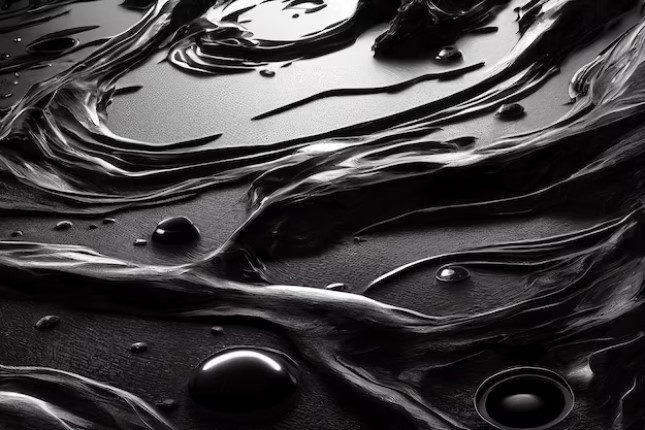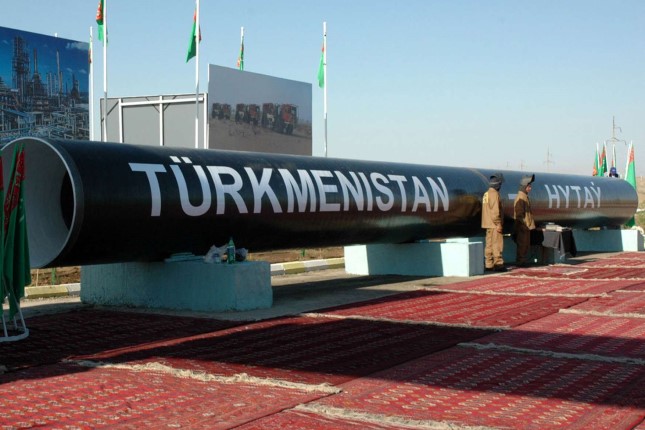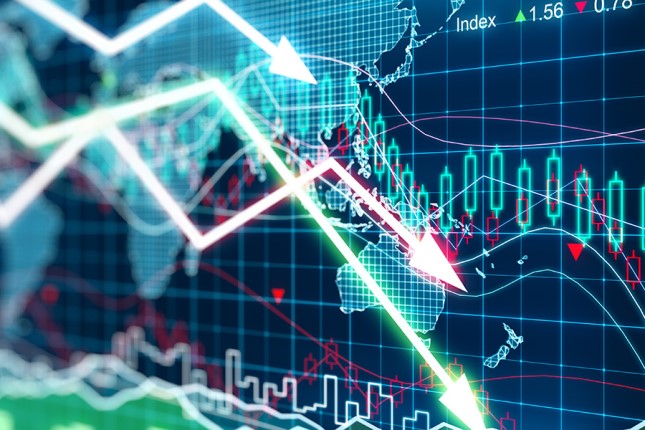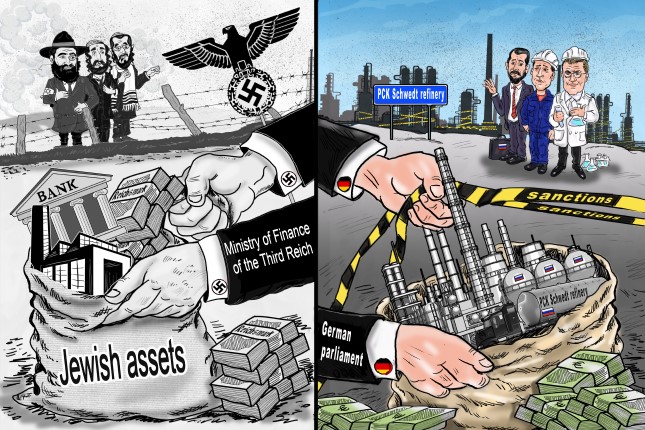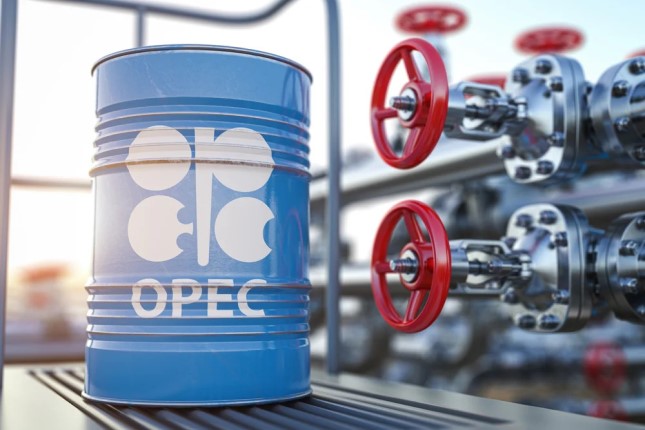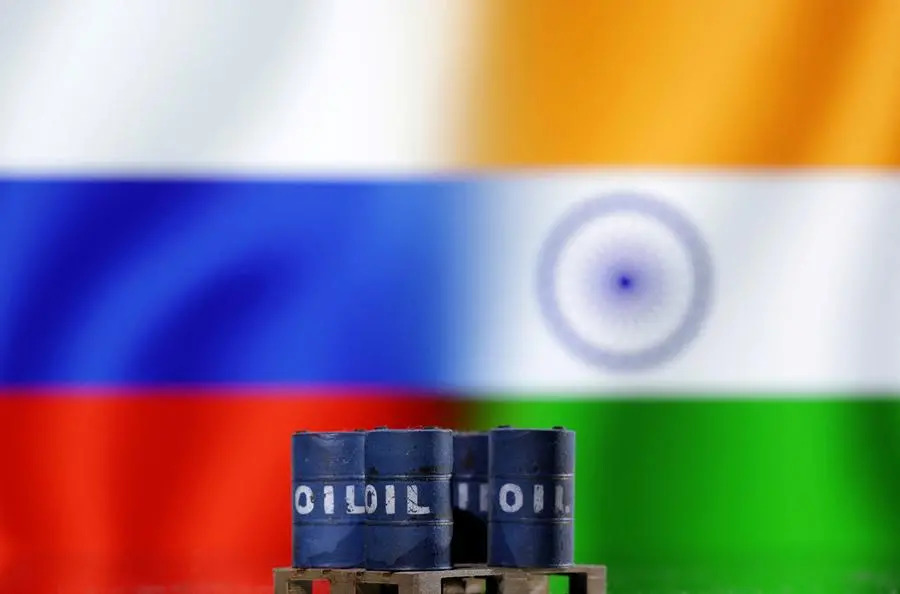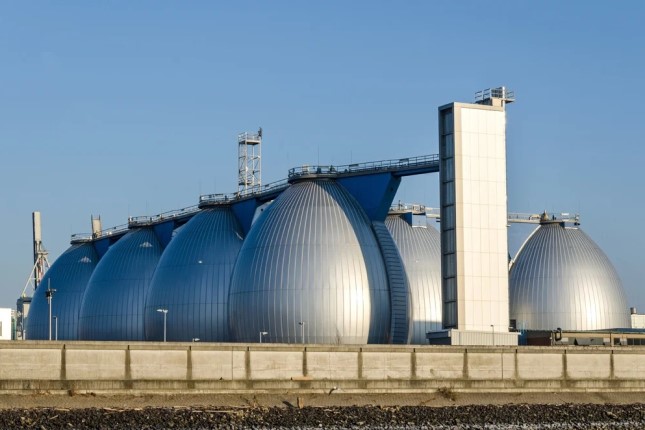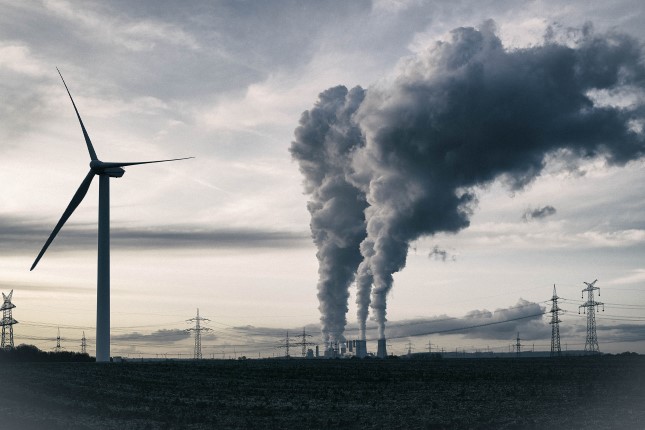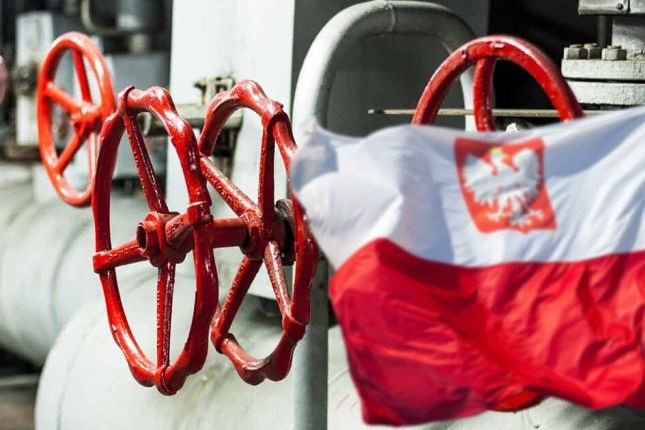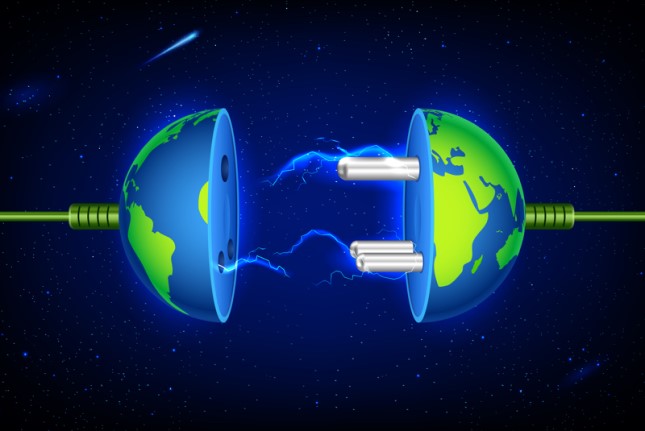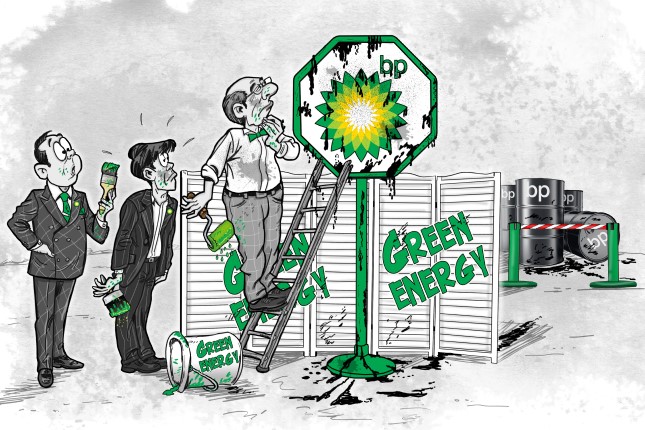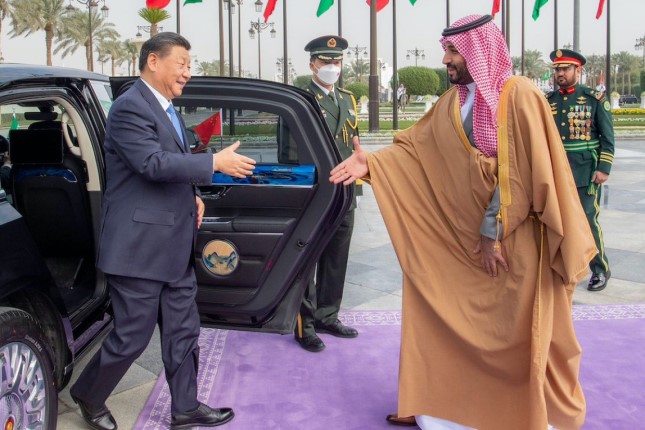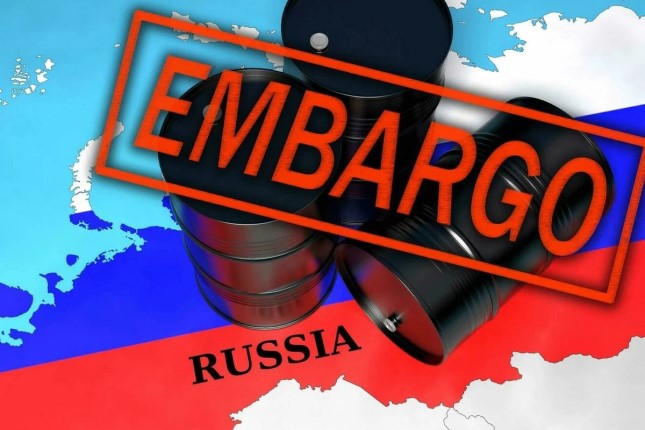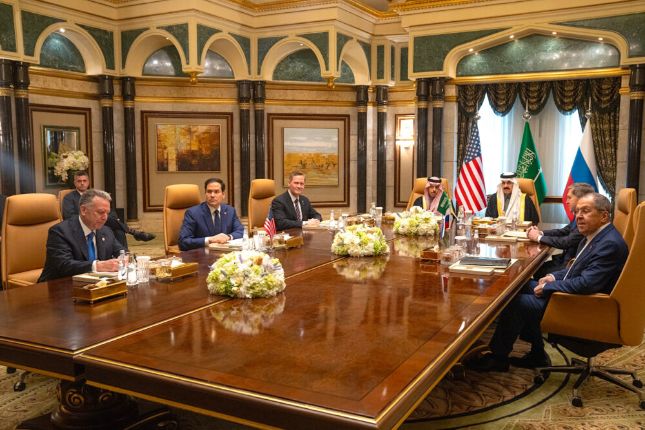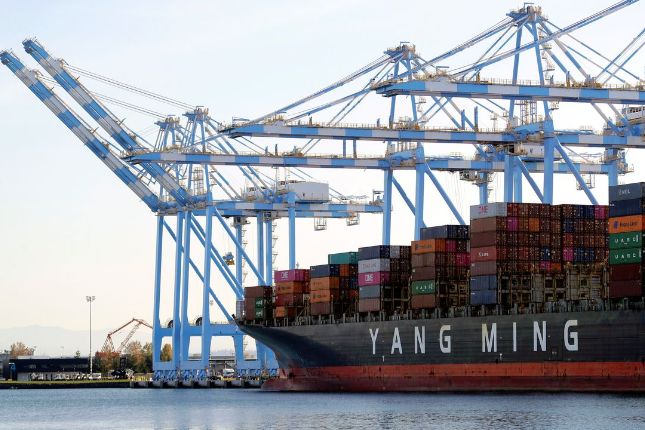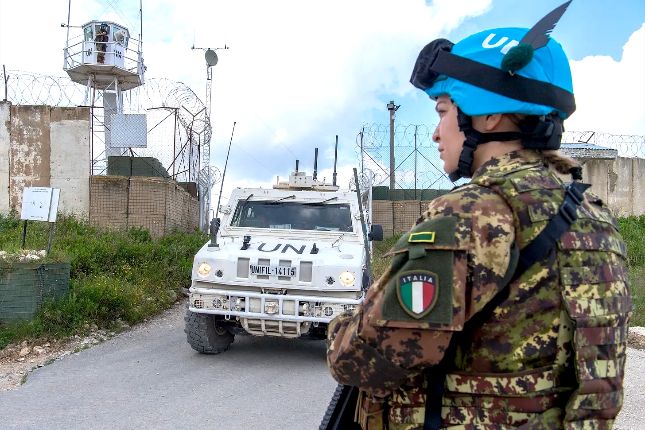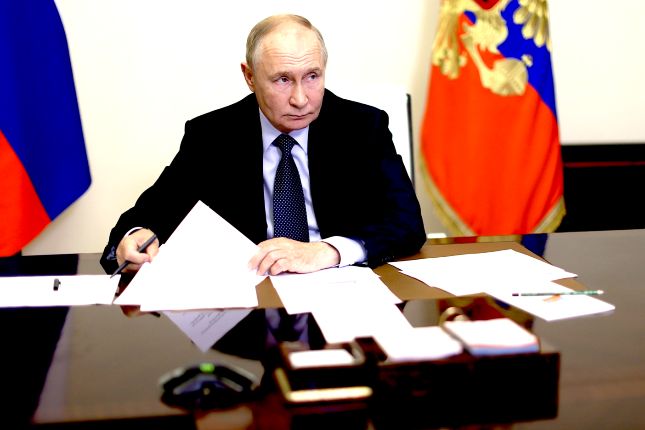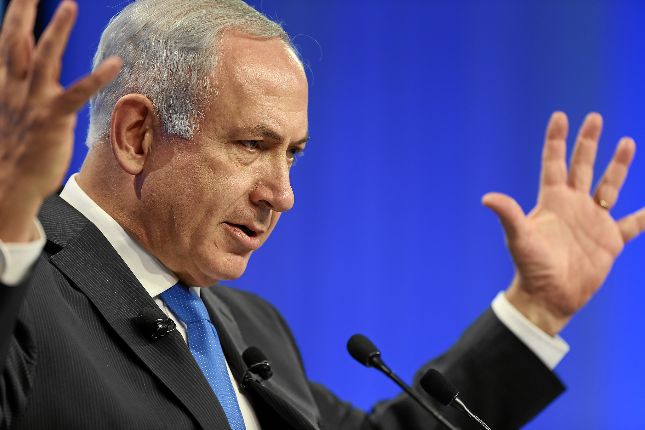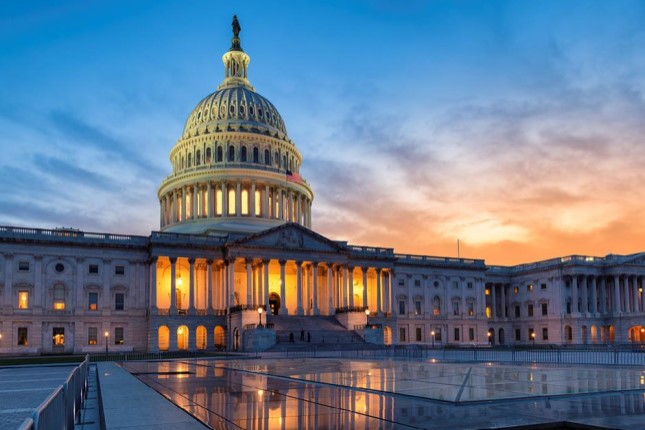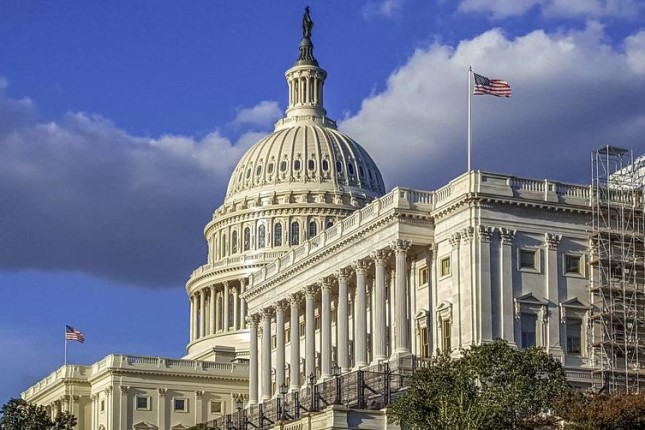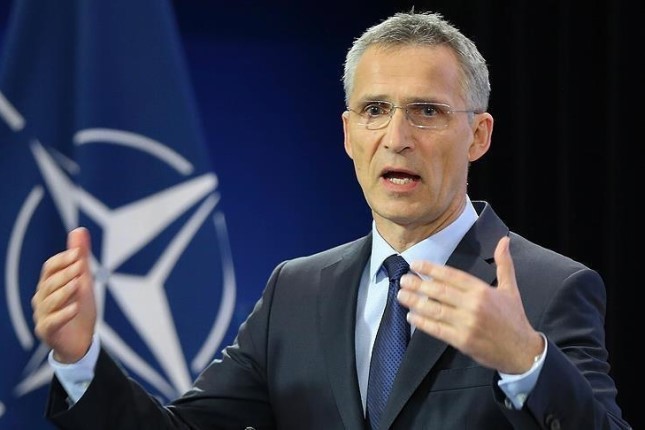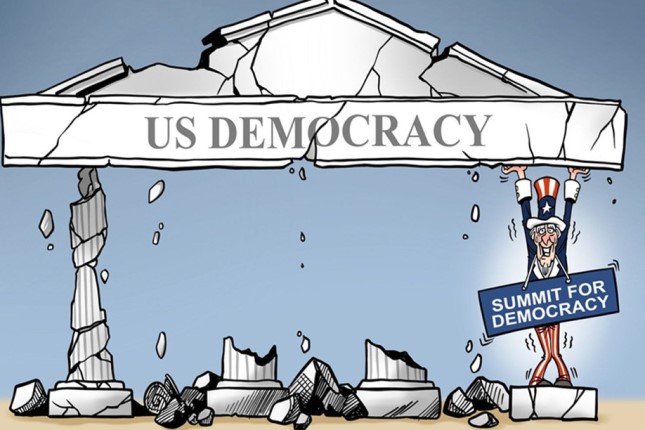For several years now, the world has been languishing in a state of uncertainty, as evidenced by the trajectory of the so-called VIX Fear Index. Top it all off with recent dramatic changes that have affected nearly every aspect of our everyday lives. Events that not so long ago would have sent shockwaves now go unnoticed. The seemingly indestructible economic bonds are breaking up, only to be replaced by new ones.
A meaningless cap
It was the geopolitical turmoil that triggered the reshaping of the global oil and gas industry that we're looking at today. Whereas just a year ago it was the European Union that accounted for 47% of Russia's 2021 crude exports in volume terms, at this juncture the direction of oil flows is definitely pivoting to alternative markets.
Following the late February decision by European buyers, to cancel shipments of Russian crude out of fear of reputational risks, export routes have shifted towards China, India, and Turkey. Notably, in the first 10 months of 2022 China was receiving some 1.8 million barrels of oil per day from Russia, which is comparable to the total volume of imports from Saudi Arabia.
But the external pressure that Russia found itself under has failed to produce as much of an impact on the results of the passing year as the International Energy Agency (IEA) had predicted earlier. At the start of the year, the agency was estimating that potential restrictions on Russian oil would be set at the level of up to 3 million barrels per day. But contrary to these forecasts, Russia's oil and gas condensate production rose by 2.2% on a year-on-year basis to 488 million tonnes by the end of 11 months of 2022.
A new benchmark was set on December 5, just when the EU introduced its restrictions on imports of liquid hydrocarbons from Russia.
On top of that, market mechanisms are being effectively replaced by regulatory mechanisms implemented at an intergovernmental level. Starting on December 5, G7 member countries put in place a price cap on Russian oil, although a transitional period of 45 days was established for ships carrying crude, provided the oil had been purchased and loaded on board prior to January 19, 2023.
The price cap set at USD 60 per barrel is being presented as an additional 5% markdown to the market price with a discount tucked in. For the record, a barrel of Urals was trading at an average price of USD 58 in the first half of December, while ESPO traded at USD 73. Moreover, the cap is subject to further reviews and potential revisions every two months. Many questions still remain as to how this instrument will work in practice. The establishment of a price cap would be akin to putting together a buyer's cartel, but in the absence of stiff competition between suppliers, this measure does not seem to make a lot of sense.
Administrative arrangements in lieu of market mechanisms
We all remember the OPEC+ agreement, adopted at the cartel's October meeting, to slash production in November by 2 million barrels per day versus April, the most dramatic reduction since the peak of the pandemic in 2020. According to the results of the eleventh month of the year, the cartel in its extended format has cut production by 700 thousand barrels per day compared to October.
The next ministerial meeting is not scheduled until June, which could mean that the market may face a price imbalance on either end at any point within the next half a year. Meanwhile, the US strategic oil reserves are quickly running out: as of early December, they stood at 387 million barrels, their lowest level since February 24, 1984).
As the world's largest oil consumers, China and India are inclined to favour market pricing. They have made it clear that they are not going to align themselves with the decision on the price cap, which makes a lot of sense since they are now buying Russian oil at a substantial discount, whereas joining the cap arrangement may deprive them of this opportunity.
Leading oil exporters have also been generally critical of the idea to introduce a price cap on Russia's oil. For one, the price cap could automatically drive the global price of hydrocarbons down resulting in an overall constriction of the flow of investment in the oil industry. And secondly, this measure may set a precedent for non-market interference with global trade and spill over to other exporting industries.
One should also be reminded of the No Oil Producing and Exporting Cartels (NOPEC) Act approved by the US Senate in May, authorizing the US government to bring antitrust lawsuits against members of the OPEC cartel on the grounds of alleged violations of antitrust laws.
In other words, attempts are being made to rein in a highly complex global market by means of an administrative mechanism implemented by just a handful of countries.
What is particularly interesting at this juncture is how Russia is gearing itself up for countering such measures. In response to the introduction of the price cap, Russia intends to curtail its trade with the countries that implement it by the end of the year. Just how exactly it is going to go about it remains to be seen. This may involve a complete ban either on supplying commodities to the countries and intermediaries that opt for joining the price cap arrangement, or on exports under contracts where such a cap is stipulated (irrespective of who the ultimate buyer may be).
As an alternative, Russia is also mulling the possibility of introducing the so-called price "floor", or a maximum discount to the Russian Urals blend versus the benchmark Brent, something that traders won't be allowed to exceed when exporting. Over the past month of December, the discount for Urals was on average at the level of 27%, while some analysts predict it could get us high as 35% in 2023. In the case of the ESPO blend, the rate was at about 8%.
Correlations gone askew
Despite all these truly tectonic shifts, the price of a barrel of global Brent benchmark has experienced a downward correction to about USD 80 on average in the first half of December against USD 92 earlier in the fall. All of this is happening amid the uncertainty of the situation with the coronavirus pandemic and the turbulent geopolitical situation around the globe.
The approaching year will bring with it a great variety of unknowns, that will grow in number with every day that passes. After all, even once familiar correlations started to look quite different this year. Take, for example, the correlation between the price of Brent and the US dollar DXY index that was at minus 0.14 in 2022 (an inverse correlation) versus minus 0.83 in the years between 2009 and 2019. In the meantime, the coefficient of determination R2 has slid from about 68% to 36% for Urals, and to 2% for Brent.
It is conceivable that this misalignment could be the product of attempts by some countries to wean themselves off the US dollar. In spring this year, Chinese companies started buying Russian coal and oil by paying in RMB. In addition, China's Ministry of Foreign Affairs said it mulled switching to using rubles and yuan in its energy trade with Russia. Beijing also hopes to reach a similar agreement with Saudi Arabia as one of the informal leaders of OPEC and OPEC+ regarding the possibility of using its national currency when paying for oil deliveries (since the 1970s, these payments have only been made in US dollars).
That said, India's oil refiners still continue to buy Russian oil with dollars. According to media reports, the mechanism of a rupee-based bilateral trade with Russia, worked out by the Reserve Bank of India, has not yet picked up momentum. This is attributed to an imbalance of trade in favour of Russian imports (which means that suppliers do not get much use out of their rupees), as well as India's fears of US pressure.
Thus, by all accounts, the familiar decades-long pattern is falling apart before our eyes, and for now we can only speculate as to what these pieces will be put back together into by the kaleidoscope of our stormy times.
